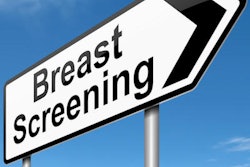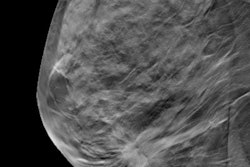Dear Women's Imaging Insider,
Screening mammography is supposed to cut down on social inequalities because all women have access to screening. But does it? Researchers from Switzerland found introducing screening in Geneva increased adherence to mammography guidelines, but it did nothing to curtail social disparities, particularly when it comes to education. Read more about their findings.
In another screening mammography story, Australian researchers asked the question: Do older women benefit from screening mammography? They found performing breast screening to age 74 would save one death from breast cancer for every 1,000 women screened. But the authors didn't believe the extra lives saved were worth the "harms" that would be generated by extra screening, such as overdiagnosis of cancer.
Also in your Women's Imaging Community, we have the latest news on digital breast tomosynthesis (DBT). In the first, Spanish investigators compared breast density measurements calculated on full-field digital mammography with DBT. How do the measurements stack up? What about median radiation dose values? Find out.
Italian investigators have looked at DBT and dense breasts. They found for women with mammographically negative dense breasts, double reading of DBT plus synthesized 2D images is the most accurate of all DBT reading strategies. However, double reading also has the longest reading time.
What about women who have already been treated for breast cancer? What's the best protocol? Turns out it is MRI and mammography. Adding MRI to mammography improves the detection of recurrent breast cancer in women who have been treated for the disease. What's more, MRI appears to be a better option than ultrasound as an adjunct to mammography.
Lastly, many people are worried about the future of radiology, particularly because so much of the workforce is due to retire in the next 10 years. When it comes to breast imaging in particular, how can radiologists convince trainees to choose a career in the field? That's exactly what U.K. researchers sought to find out. Read all about their discoveries.
But wait! There's more. Be sure to head on over to the Women's Imaging Community to scope out the rest. And as always, I enjoy hearing from you, so contact me anytime.




















